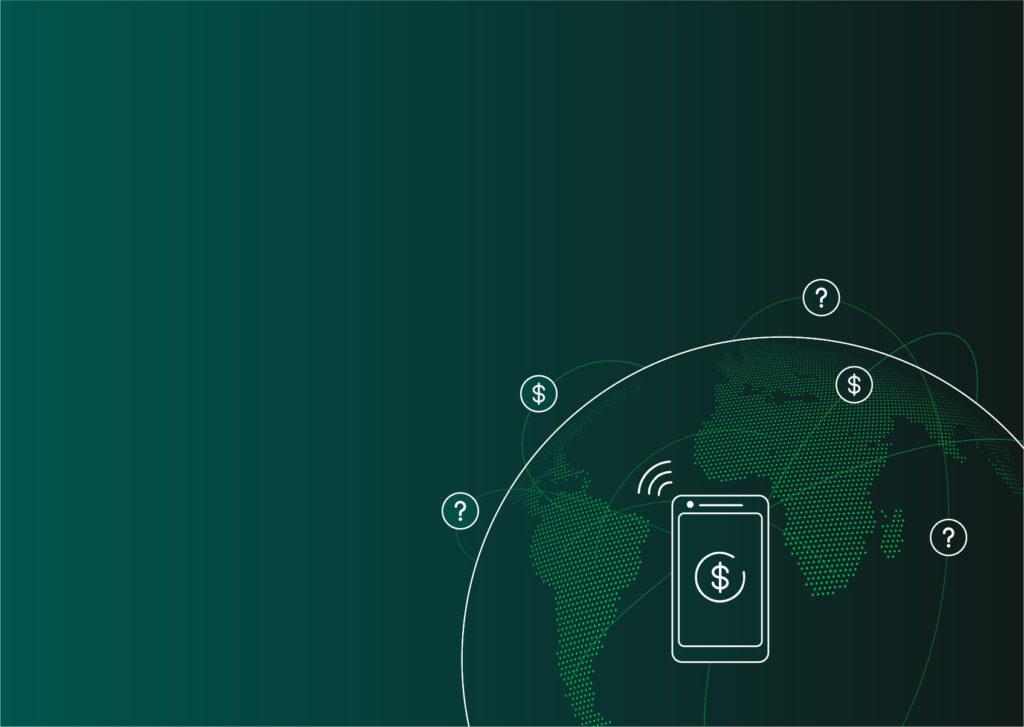
Discriminatory norms and practices are embedded in the financial system and, even when policies, regulations, and delivery channels are thought to be gender-neutral, it is difficult for women — particularly low-income and marginalized populations — to navigate available products and services. As a result, progress toward women’s economic empowerment has stagnated.
Financial inclusion must intentionally understand women’s needs and constraints. Designing financial products and services without a thorough examination of social norms that impact women’s behaviors may in fact reinforce restrictive gender roles and permanently relegate women to the informal sector.
Although gender-aware financial products and services are increasingly available, they often stop at “workarounds” that, while meeting women’s immediate needs, still fail to provide holistic solutions to address and transform the norms that limit women’s broader economic livelihoods.
Gender Aware or Gender Siloed Services and Policies?
The microfinance sector – despite good intentions– often is designed to accommodate, rather than address, discriminatory norms.
The microfinance sector often is designed to accommodate, rather than address, discriminatory norms.
Women’s mobility is one discriminatory norm that the sector historically has accommodated and even perpetuated. Often, women face limited mobility due to unequal care responsibilities, such as caring for children or other family members, or the cultural expectation that she be accompanied by a male relative when leaving her home. Because of these expectations, it is difficult for women to engage in income-generating activities in public spaces, ultimately increasing the appeal for local microcredit or savings groups. Group lending was designed to account for women’s mobility and collateral constraints by building an accountability mechanism out of the social and community consequences of non-repayment.
Furthermore, although many women have gained access to financial services through MFIs and savings groups, policies that restrict women’s ability to own property or accumulate assets remain intact in many markets. MFIs and savings groups often operate in parallel to the formal economy with less or separate regulatory oversight and, as a result, women are not afforded the same legal protections.
Evaluations of the impact of microcredit have been mixed, many showing inconclusive impact on women’s economic empowerment outcomes. While many factors are at play, the lack of a norms-transformative approach undercuts empowerment gains. Creating parallel, informal systems for women’s financial activities can be an unintended consequence of gender-aware financial inclusion efforts that try to go around rather than address restrictive gender norms.
Cementing Digital Divides
Similarly, digital financial services (DFS) risk bypassing social norms and implementing workarounds in order to merely reach women, without focusing on the outcome of women’s economic empowerment in a digital era.
At first glance, DFS presents a remedy to women’s financial exclusion, making financial services more accessible by reducing the time and risk of traveling to a physical branch to make transfers or payments, and by enhancing the privacy of transactions. In Niger, women that received digital transfers increased their control over household resources compared to those that received cash, since the digital transfer was less observable by their spouses and family members. And a recent study in Zambia revealed that women were willing to give up household income to maintain privacy over earnings from their husbands.
However, while these are promising mechanisms, there are several assumptions at play. One assumption is that women users wholly own and operate their phones. For digital transactions to enhance control through privacy, women must have access to their own phone or a phone that is not monitored or controlled by other family members. In developing economies, women are still eight percent less likely than men to own a phone (the gap is even larger for smartphone ownership) and 20 percent less likely to use mobile internet than men. Sharing phones is also common for many low-income women, and gendered expectations can constrain the duration and purpose of women’s phone use.
Additionally, enabling factors such as digital capability, confidence in using digital financial services or platforms, and trust in technology also have significant gender gaps. Few providers are designing appropriate digital onramps that account for specific skill levels and the different needs of women.
Digital platforms must consider how gender norms are baked into the design of these systems.
Digital platforms – whether social, e-commerce, or gig work — also must consider how gender norms can act as barriers to entry or are baked into the design of these systems. An examination of ride-hailing services in India shows that women are unable to meet the incentives set by the platform and earn less for not being able to drive at peak times or complete longer journeys or airport pickups, often due to care responsibilities or safety concerns.
In examining the nuances of broader digital inclusion for women, we see yet again that social norms are at play. Lack of education or gender roles that limit women to caretakers rather than earners or entrepreneurs can limit women’s use of mobile internet even if they have access to a phone in their household. Neither DFS nor platforms and social or e-commerce can successfully include women without first addressing norms.
Opportunities to Shift Directions
The same challenges women face in accessing and using traditional financial services are equally present for digital financial inclusion. Rather than build a system that accommodates the barriers and constraints faced by women, we have an opportunity to make DFS catalyze women’s financial inclusion and economic empowerment.
We have an opportunity to make DFS catalyze women’s financial inclusion and economic empowerment.
Donors have the opportunity to invest in innovative research and test solutions that build women’s financial and digital capability or build solutions specifically for women. Governments can guide financial service providers and offer technical support and research capabilities to improve products and services for women. Market facilitators, including international non-governmental organizations like CARE and FSD Africa, can broker partnerships between community-based organizations and providers to create better informed and equitable systems and processes.
We can do more than create gender-aware financial products and services. By embedding women’s needs and understanding their constraints, particularly discriminatory gender norms, we can advance women’s inclusion by creating a financial system that works for them by design.










